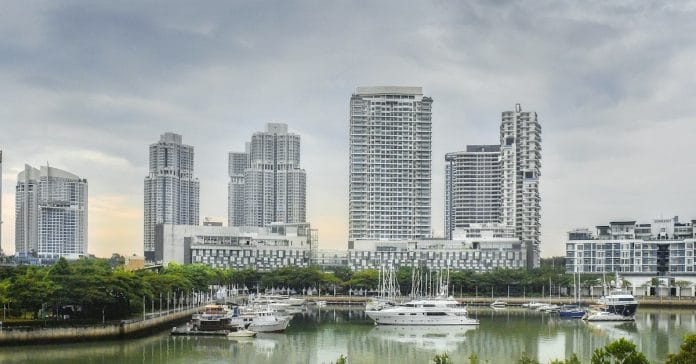Some Malaysian property developers may gradually transform into real estate players in the coming years. The residential
segment may be crowded, but the industrial segment is fast-rising, and developers with sizeable landbanks in Johor and the Klang Valley, as well as solid balance sheets, are more likely to seize opportunities. Meanwhile, the data centre (DC) segment in Malaysia has also benefitted from US-China trade tensions as companies better manage their geopolitical risks.
RHB in its sector analysis noted that developers with exposure to the industrial segment should more likely record better earnings growth, ie UEM Sunrise (UEMS), Sime Darby Property, Mah Sing, AME Elite Consortium and Eco World (ECW MK, NR).
DCs need stable and reliable power and water supply and, more importantly, connectivity (ie fibre optic infrastructure). As such, DCs typically will not be built in remote areas due to the high cost to be incurred for infrastructure development. Areas closer to the “source” are preferred (Singapore is the epicentre of DCs in South-East Asia). As such, Johor is said to be in a strategic location due to low latency access and easier operational coordination and management. DC players can choose either to tap on the Singapore network or rely on the current submarine cable in Malaysia, for connectivity. Elsewhere, Cyberjaya – a technology hub with good infrastructure and connectivity, has long been a local point for DC investments.
Developers with sizeable landbank to benefit from the DC wave. RHB said players with vast landbank will likely be able to capture opportunities, especially those with land that come equipped with ready infrastructure and located not far from major cities. UEMS, Sime Darby Property, SP Setia, Mah Sing, ECW and AME Elite Consortium are potential developers that may benefit from demand for DCs, given the location, amenities and infrastructure of their existing landbanks. As DCs have to be distant from residential and commercial property areas due to strict security reasons, developers may choose to have DCs set up in their existing industrial parks.
Opportunities for developers. Recent land transactions by DC players have certainly set a new pricing benchmark for industrial land nearby, and we gather that more are entering the fray. More developers may consider: i) Coinvesting with DC users, or ii) building and leasing shell and core DC facilities for recurring income, or iii) forming a JV with a DC operator for co-location facilities. A stable of DC facilities would provide monetisation opportunities in the future – given the long-term nature of DC operations.
Industrial: An increasingly important segment. Since the start of US-China trade tensions, followed by the post-COVID-19 re-opening of economies, the industrial property segment has grown rapidly, and the prevailing DC boom is now a bigger catalyst. Developers with properly designed industrial parks in their portfolios will more likely enjoy better earnings growth ahead.









